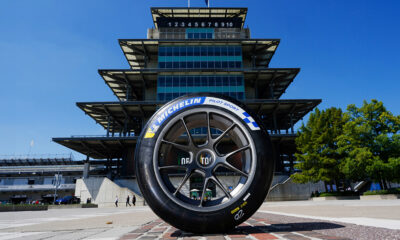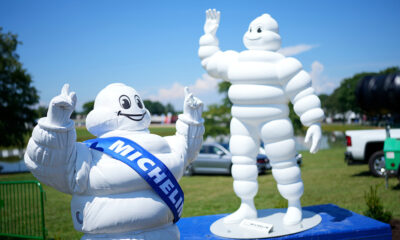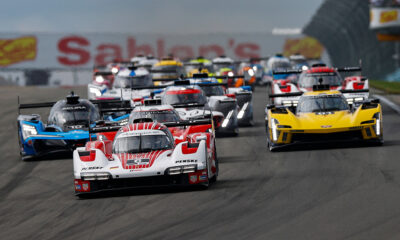
Photo: Mike Levitt/IMSA
The only IMSA WeatherTech SportsCar Championship event in Canada takes place at a track with Tire as a middle name.
The role of tires has changed dramatically in the motorsport world since this historic circuit became Canadian Tire Motorsport Park in 2011, a time when the WeatherTech Championship’s predecessor, the American Le Mans Series, featured open tire competition with five tire makers.

Photo: John Dagys
Tracking the Tires
At that time, Michelin supplied roughly half of the ALMS field and made bespoke tires for each of its car manufacturer partner teams, providing each with its own custom soft, medium, and hard compound options that could be mixed and matched.
Current CTMP co-owner Ron Fellows was the lead driver for the Corvette factory team when they switched to Michelin in 2004.
At that time, the LMP1 factory prototypes for Le Mans were literally being designed around the tires. Michelin was often called in at the early concept stage of chassis design as tire sizing and technical innovations were essential to facilitate multiple stints at Le Mans.
Following the ALMS/Grand-Am merger, Michelin was initially limited to the factory tied GTLM class teams from Corvette, Porsche, BMW, Ferrari and Ford, each with a Michelin embedded race tire engineer.
A Changing Role
Through the years, the role of tires in competition evolved in many series. Single-make series organizers often chose a single tire. NASCAR and IndyCar teams each use a spec chassis, with two or three engine options and a sole supplier.
Tires in some series, like Formula 1 and IndyCar are used to enable or constrain performance, and usage of two compound options was at times mandated to create passing opportunities within a race.
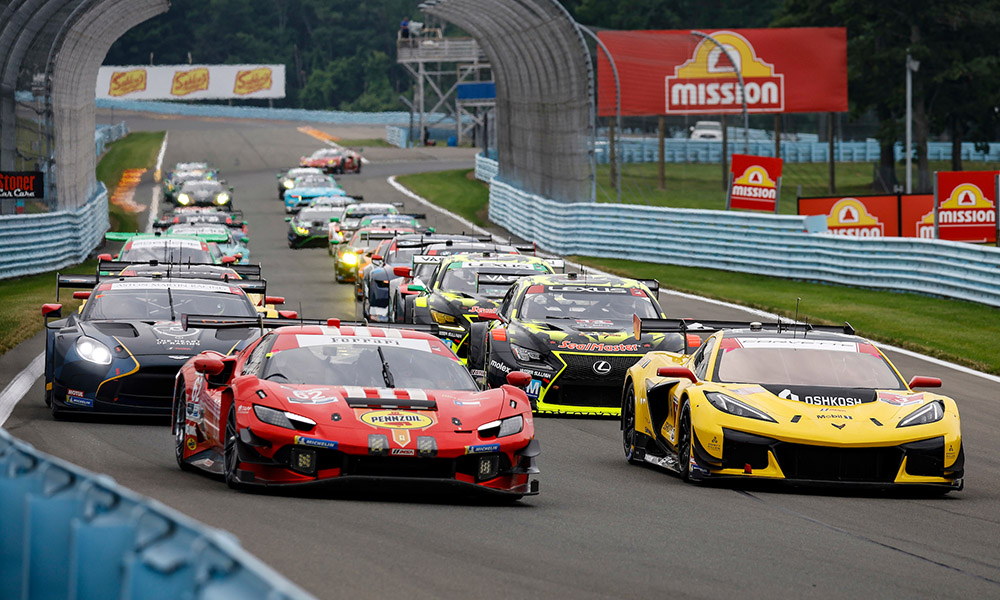
Photo: Mike Levitt/IMSA
The Michelin Change
When Michelin was chosen to become the official tire of IMSA beginning in 2019, Michelin shifted focus. Instead of being limited to only a handful of manufacturers, Michelin now had them all.
Engineering and producing tires and providing on-site support for a single source series with identical cars is far different from making tires for the 18 manufacturers currently involved in IMSA, each with its own chassis, powertrain, and performance characteristics.
For example, the front-engined GT3 cars from Aston Martin, BMW, Ford, Lexus, and Mercedes Benz have different characteristics than their mid-engine rivals from Acura, Corvette, Ferrari, Lamborghini, McLaren and Porsche, yet Michelin has developed a highly successful single tire for use by all the IMSA GTD Pro and GTD teams.
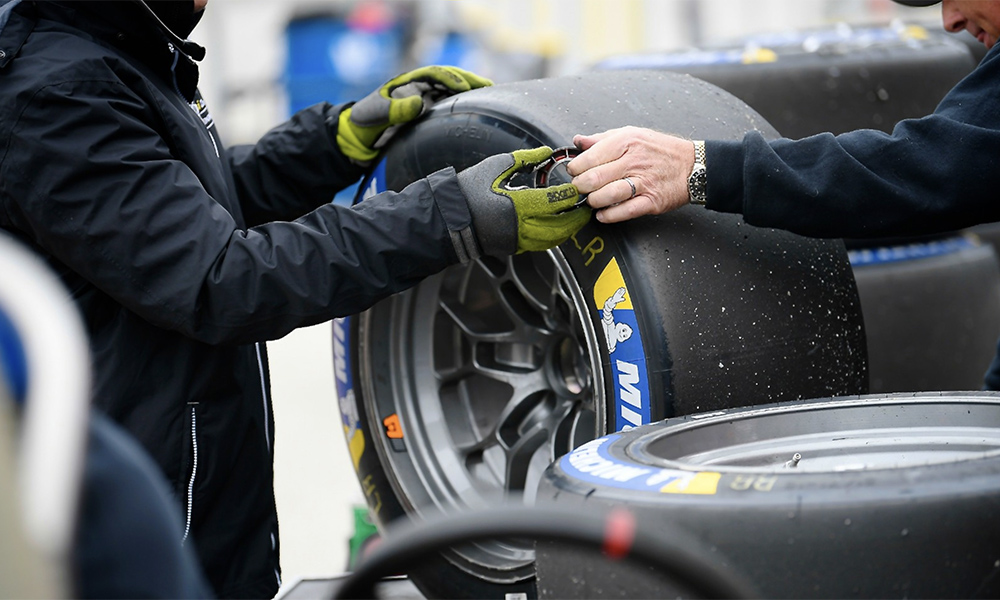
Photo: Michelin
Meeting the Latest Challenge
The new Michelin Pilot Sport Pro tire is designed to work well on an exceptionally wide range of circuits and conditions on GT3-based cars from 11 different manufacturers.
“IMSA needs tires that are fast and consistent. Those tires need to support IMSA’s sustainability goals and reduced allocations while maintaining high levels of performance,” said Taylor Jenkins, Michelin Motorsport Series Manager GTD and GTD Pro.
Reduced allocations help limit costs to teams and support IMSA’s and Michelin’s sustainability goals.
Taken at the extremes, Michelin must be prepared for the car generating the highest loads at the highest energy tracks like Daytona and Watkins Glen in the most extreme temperature ranges.
“CTMP is considered one of the highest energy tracks on the IMSA schedule,” said Jenkins.
“The challenges are the high lateral loads in the many medium and high-speed corners as well as the high speeds the cars reach on the back straight.”
While Michelin’s role and technical demands have changed, the nature of the CTMP circuit and the passion of Canadian fans have certainly not.



















